The U.S. continues to draw international retailers, unperturbed by an ongoing media narrative about the challenges of physical retail.
“There is still great interest from international retailers, because the U.S. is one of the most dynamic retail markets in the world,” said Garrick Brown, head of retail research for the Americas at Cushman & Wakefield. But retailers are exercising “extreme caution,” owing to competitive pressures in the marketplace, he says. Foreign firms find the buying power in the U.S. appealing, but they are wary of such challenges as shifting demographics, competition from e-commerce, and a market that some consider to be over-retailed.
“You are going to see more international brands coming to the U.S. for a variety of reasons,” said Brandon Famous, senior managing director of CBRE’s retail advisory and transaction services in the Americas. One reason for confidence among these retailers is that they have a superior understanding of what lies in store for them here. “As data and analytics become even more prominent in analyzing markets globally, retailers have a better sense of their customer profile — who their customer is and where they want to locate,” said Famous. They combine this with online shopping data that allow them to pinpoint where their customers are located, he says.
Sporting-goods, sportswear and cosmetics retailers have shown particular interest in the U.S. Sporting-goods stores here generate some $49 billion in annual revenues, while beauty, cosmetics and fragrance stores generate about $23 billion, according to IBISWorld. U.K.-based JD Sports Fashion made a big move into the U.S. through its $558 million acquisition of Finish Line. On the beauty side, Canada-based MAC cosmetics is adding stores in the U.S., and so are such newcomers as Aesop (Australia), Caudalie (France) and Innisfree (South Korea).
“As data and analytics become even more prominent in analyzing markets globally, retailers have a better sense of their customer profile — who their customer is and where they want to locate”
Luxury retailers are continuing to push into the U.S. The sector is expected to get an added boost from new U.S. tax reforms, which provide tax breaks for those in the highest tax brackets. “The challenge that we are seeing is whether that boon in spending is going to translate into significantly elevated levels of expansion,” said Brown.
Traditionally, retailers would enter the U.S. with a flagship store in a gateway market, such as New York City, Miami, or San Francisco. “We are seeing much more conservatism from these brands in what they are willing to spend,” said Brown. Retailers are weighing lower-cost options for that flagship store, such as Union Square, in San Francisco, where top rents run about $600 per square foot annually for small-shop space, as opposed to paying about $2,200 per foot on New York City's Fifth Avenue.
In the past, retailers would come in and spend a ton of money to open a big flagship and attract a lot of attention, observes Famous. “You don’t necessarily need that anymore, because they have the online experience,” he said. Now, international brands are entering expensive markets such as New York City with pop-up stores. “If the store is successful, there is a good chance they will turn it into a full-time brick-and-mortar store,” he said.
Most companies are not coming in with any aggressive strategy to roll out hundreds of stores, but are instead dipping a toe in the water to test things out, Famous says. Following are some recent arrivals.
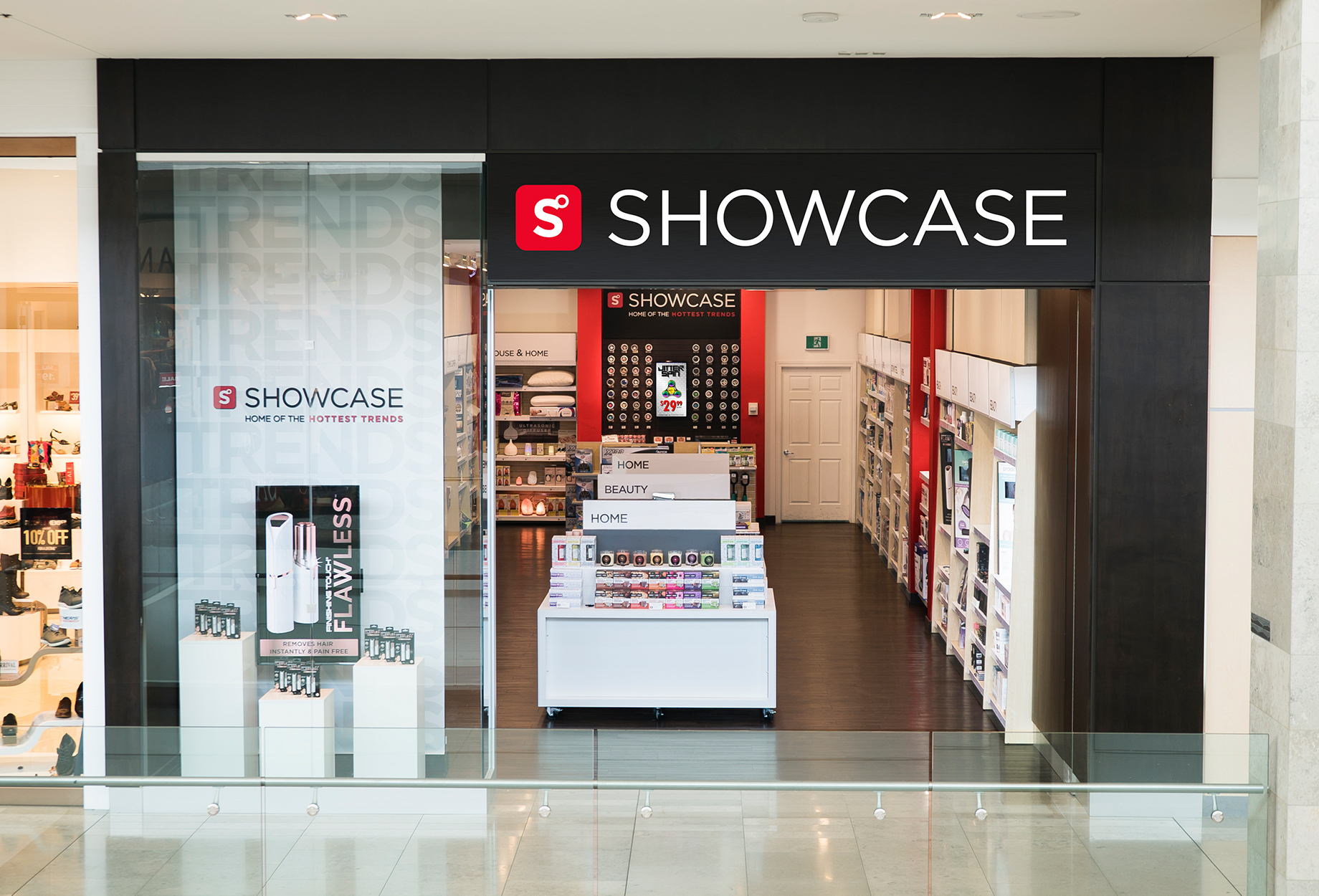
Showcase
Founded in 1994, Showcase is a Canadian retailer that has grown to 107 stores in its home country and is now shifting its attention south of its border. The company has plans to launch its U.S. expansion this summer, with an ultimate goal of rolling out 100 stores by 2020. This retailer specializes in selling products related to the latest trends in health, beauty, household items and toys. The merchandise ranges from mainstream items to wacky ones — such as air fryers, Himalayan salt lamps and magnetic eyelashes.
“Our stores are designed for fun, and our demonstrations and events featuring the hottest trends offer a unique and exciting mall experience,” said CEO Samir Kulkarni. The company has refined a “rapid retail” methodology focusing on first-to-market and exclusive products, whether hover boards or fidget spinners (stress-relieving toys that can be spun around a central ball bearing). The retailer is aiming to transform hard-goods retail in the way fast- fashion retailers H&M and Zara have transformed soft goods, Kulkarni says.
Ten pilot stores are to open in the Northeast this summer — in Connecticut, Delaware, New Jersey, New York and Pennsylvania. The company wants to use these to identify regional differences in consumer buying patterns, pricing and similar factors. Showcase has worked with such retail landlords as GGP, Macerich, Pyramid, Simon, Taubman and Westfield, with many of them participating in the first-phase launch. Based on how the early stores perform, Showcase plans to adapt its model as required and roll out the remaining 90 stores starting in 2019.
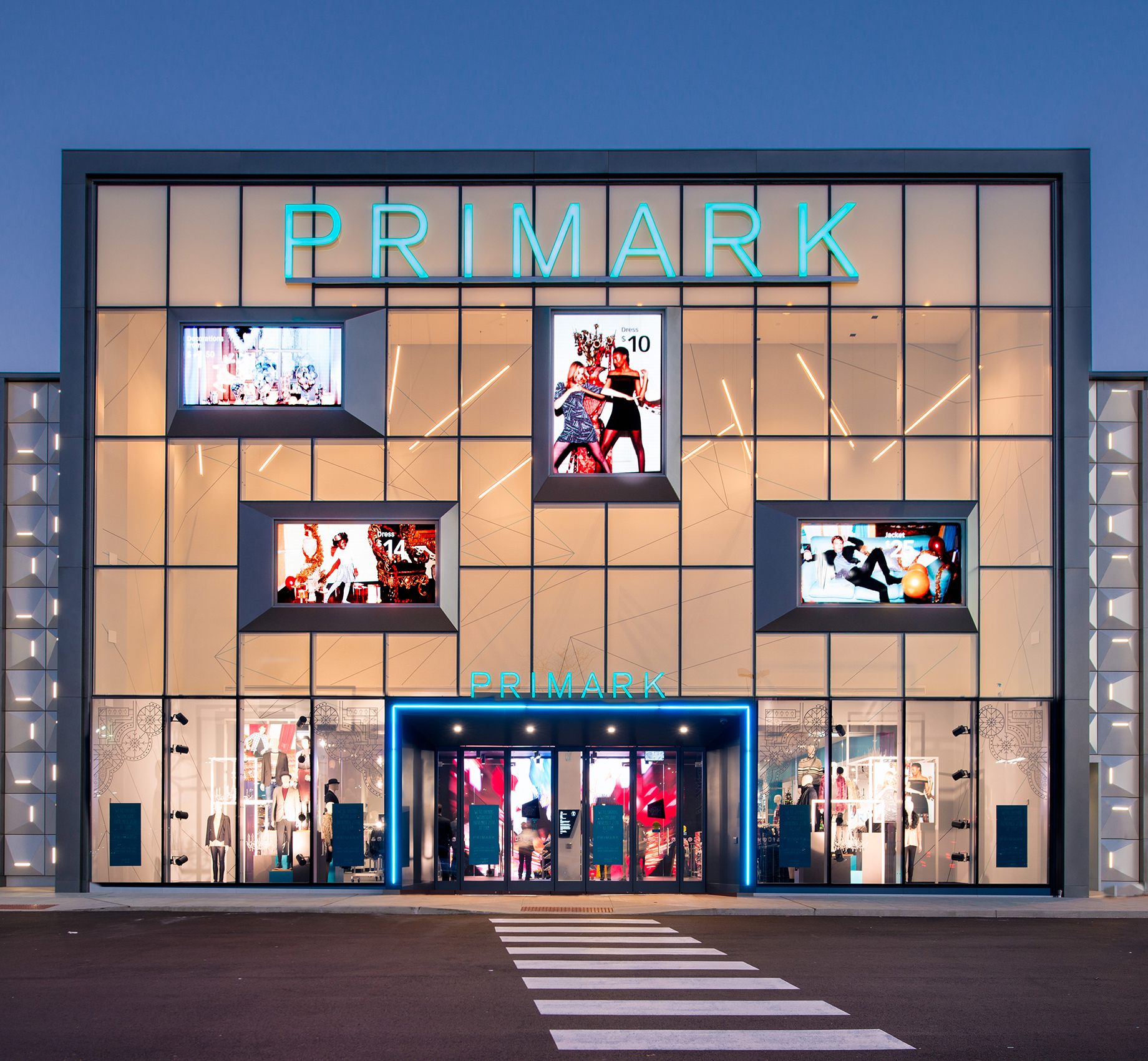
Primark
Primark continues to grow in the U.S. The Dublin, Ireland–based company sells bargain-priced apparel and accessories for men, women and children, such as $3 T-shirts and $10 jeans. “Their low prices make Marshalls look like Bergdorf Goodman,” said Brown.
Since opening its first U.S. store, in Boston, in 2015, the company has grown to eight in the Northeast. Primark opened three stores last year and has eight more set to open over the next 12 to 24 months. Primark, which is owned by U.K.-based Associated British Foods, currently operates about 350 stores across 11 countries.
Primark is a large-space user that has been targeting mall locations. It took over the second floor of a former Sears store at South Shore Plaza, in Braintree, Mass., last year. “They might be someone to really watch as we see more and more department stores close and malls look at what to do with that real estate,” said Brown.
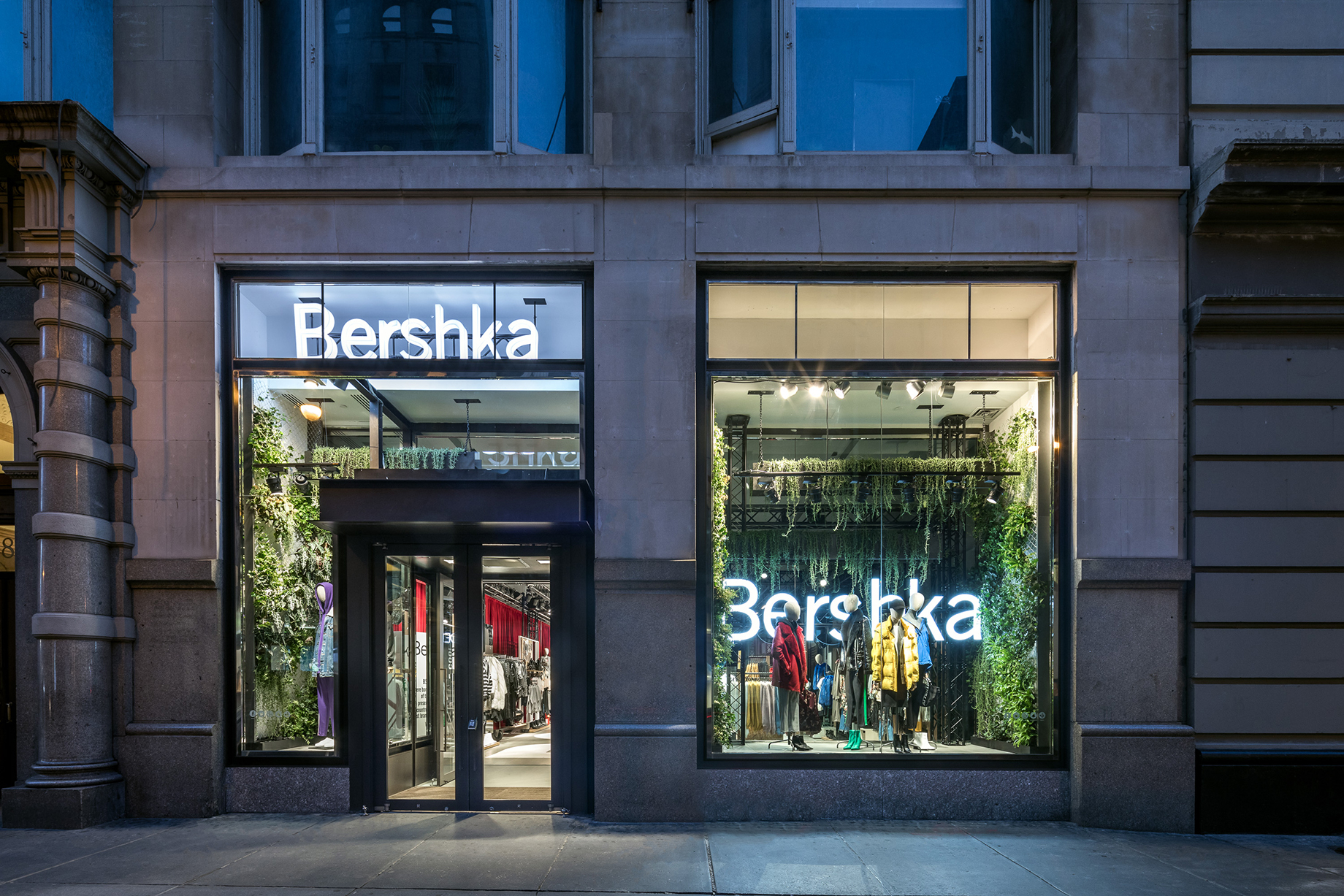
Bershka
Bershka marked its U.S. debut last October with an 8,200-square-foot pop-up store in New York City’s SoHo neighborhood. Its main purpose was to promote the launch of Bershka’s online platform in the U.S. Bershka sells fashion-forward apparel for teens, as well as shoes and such accessories as backpacks and purses. Bershka is owned by Inditex Group, the Spanish apparel company that has opened about 90 Zara stores in the U.S.
Bershka, launched 20 years ago, now operates 1,100 stores across 75 markets in Europe, Asia and the Americas. The company has been targeting high-profile markets through flagship stores on Oxford Street, in London; Rue de Rivoli, in Paris; Nanjing East, in Shanghai; and Shibuya, in Tokyo.
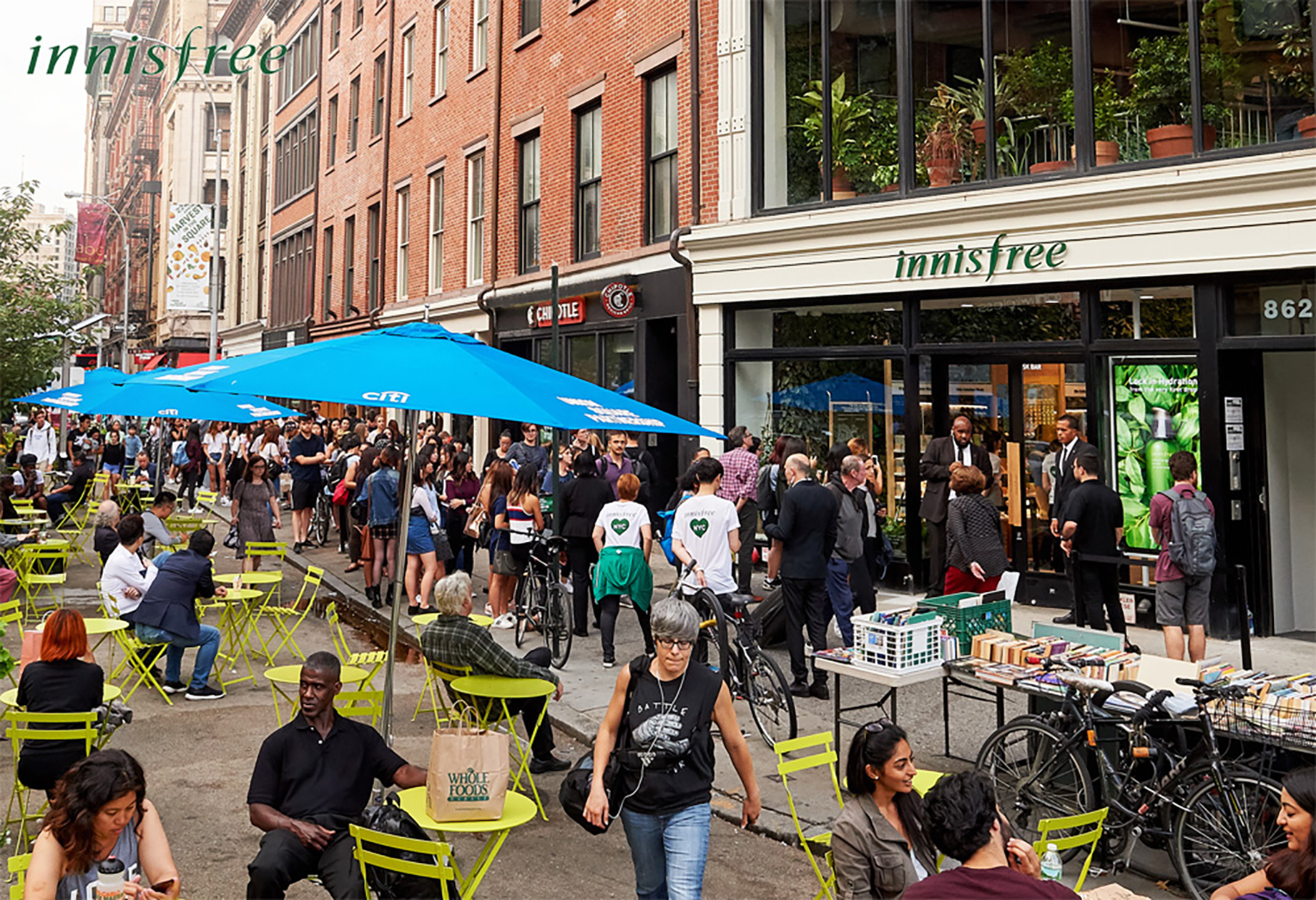
Innisfree
South Korean cosmetics and skin-care company Innisfree opened its first flagship store in New York City's Union Square last September. The company sells a line of sustainable and natural products using ingredients sourced mainly from the Korean island of Jeju, home to some 130 species of plants. Since Innisfree’s 2000 launch, the company has opened some 1,600 stores in Asia.
The company says the Union Square store offers 150 products created specifically for the U.S. consumer. “While our new e-commerce site will serve the entire country, we will focus the next 18 months on establishing our store presence in New York City, with ambitious expansion plans for the rest of the country to follow,” said Julien Bouzitat, vice president and general manager of Innisfree USA.
The two-level New York store consists of a 1,700-square-foot main sales floor and a private mezzanine level for makeup and skin-care classes and training. It features a wall of plants from Jeju Island. There is also a Mask Bar; a My Palette counter where customers can mix-and-match eyeshadows, blush and bronzer; and a My Compact wall that offers about 100 compact-case designs for eyeshadow and powders.
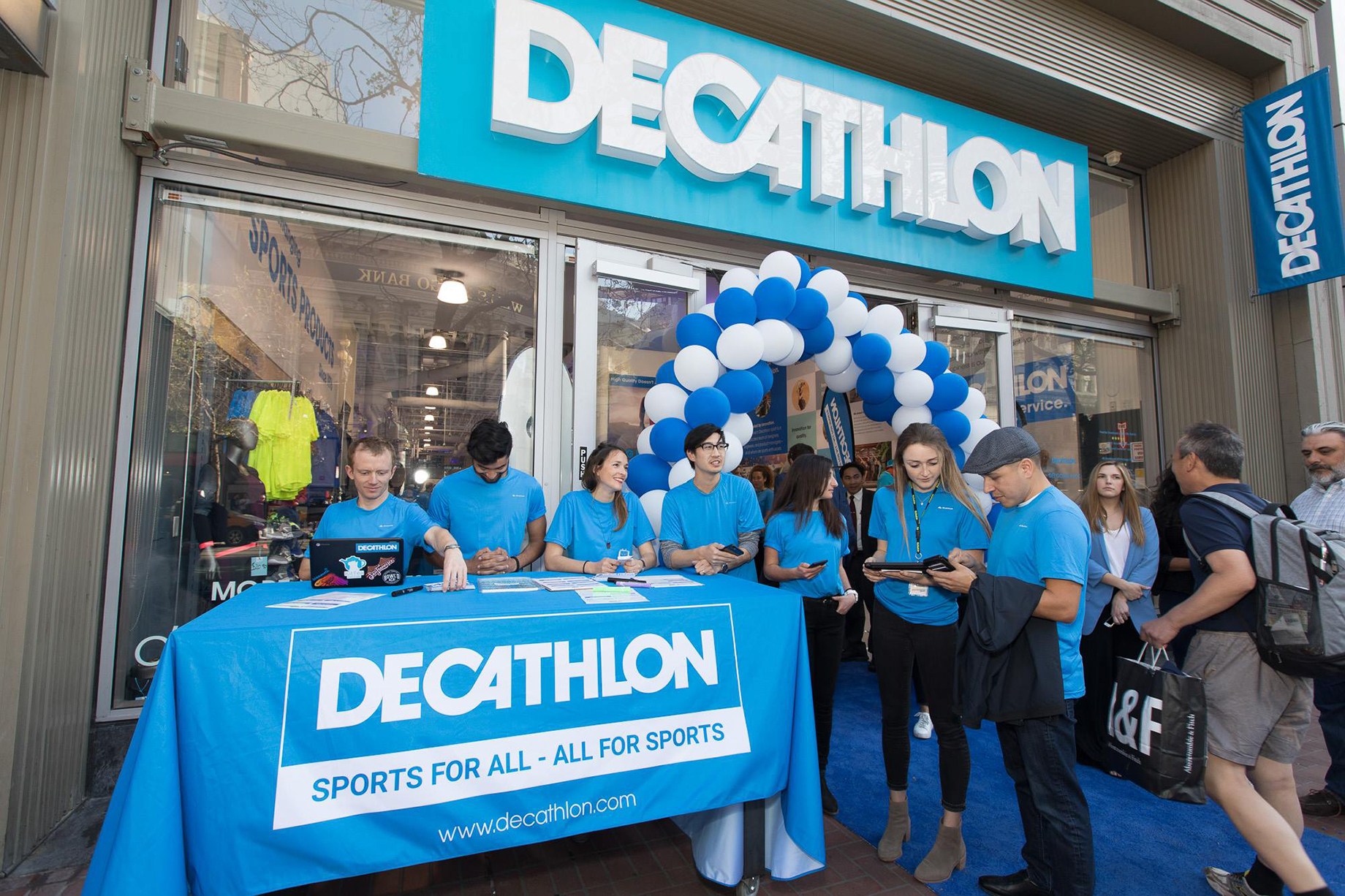
Decathlon
French sporting-goods retailer Decathlon opened its first U.S. store last fall in San Francisco, an 8,300-square-foot unit on Market Street. The company is looking to open two or three more over the next 18 months. Since its debut in Lille, France, in 1976, the company has expanded its global footprint to 1,100 stores across 38 countries. Decathlon has also opened stores in other international gateway markets, among them Bogotá, Colombia; Mexico City; and Québec City. The stores carry a range of sports apparel and equipment.
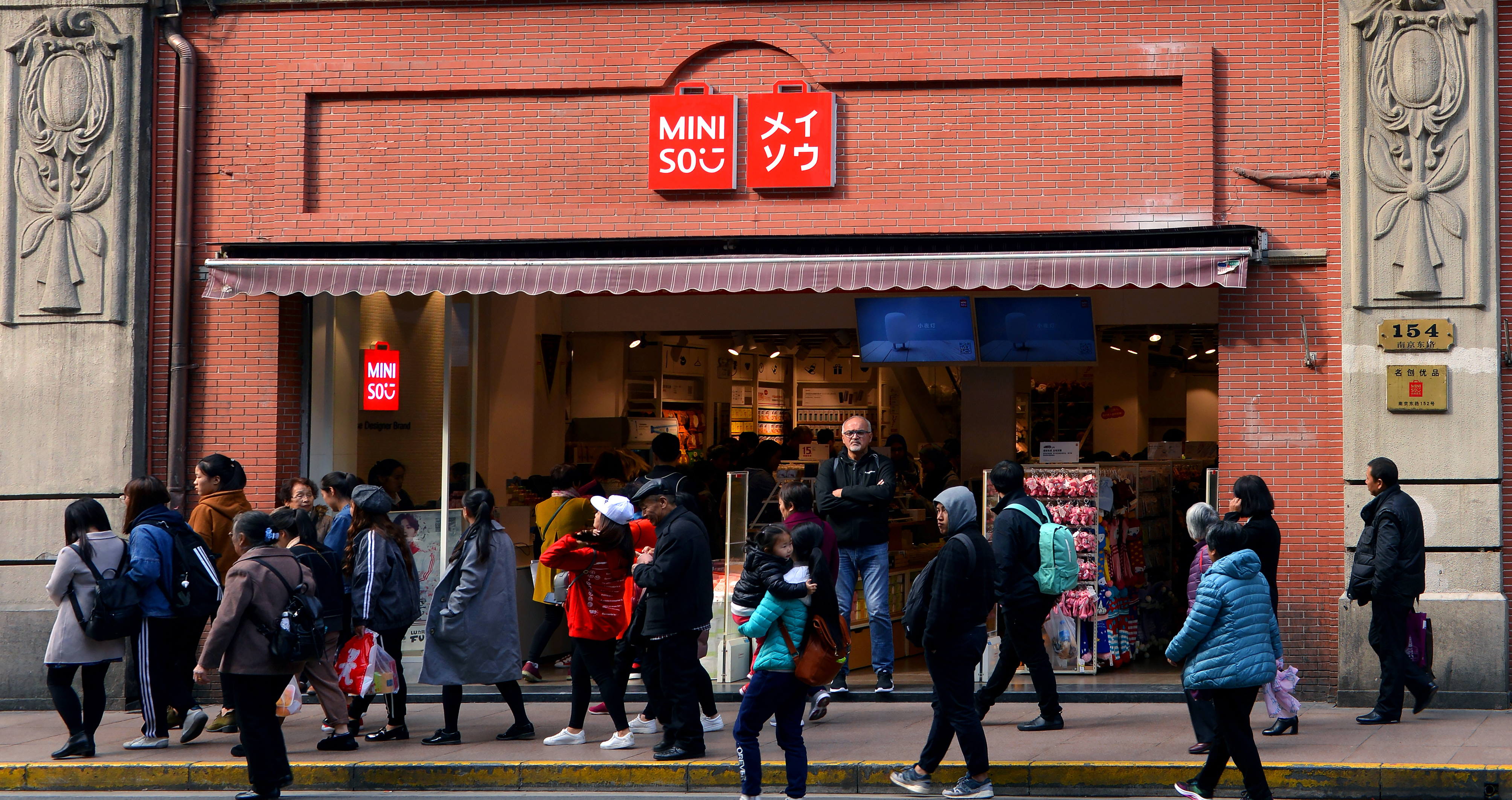
Miniso
Chinese discount retailer Miniso has been making a splash in Canada, with plans to open 100 stores there by the end of 2018 and 500 within three years. The retailer also entered the U.S. last year, with a store in Pasadena, Calif. Miniso sells products designed and made mainly in China, Japan, Malaysia, Singapore and South Korea. The merchandise includes household items, gifts, cosmetics and more. In the U.S., Miniso could compete against dollar stores through merchandise that is typically priced at between $2 and $20. The company operates some 2,600 stores globally and is planning for 6,000 by 2020.
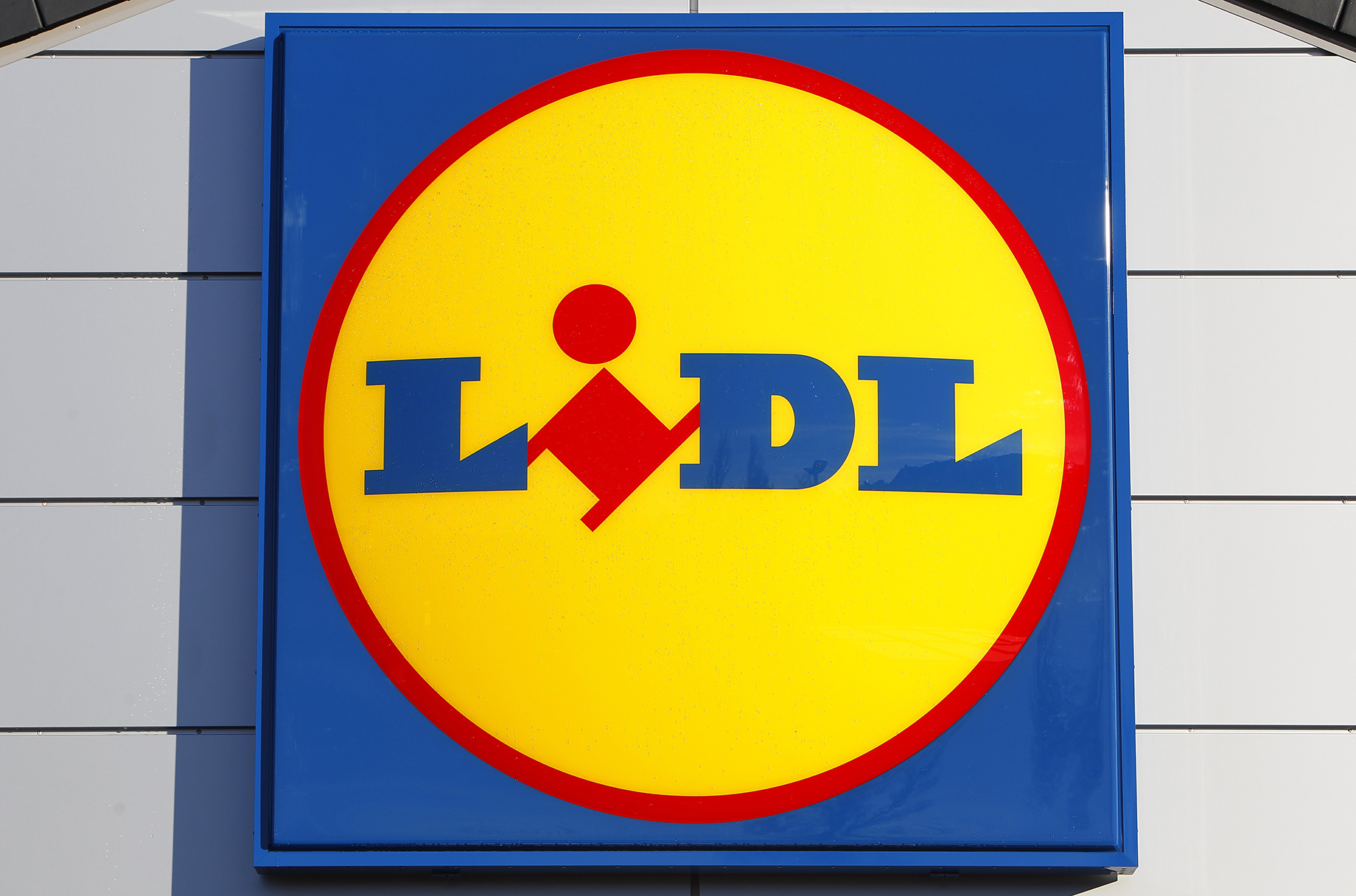
Lidl
German discount grocer Lidl has opened about 50 stores across the U.S. since last summer. But Lidl has pulled back from an initial goal of opening 100 in the first year. “They are retooling after opening their first initial stores, to make sure their concept is right before they go all in,” said Brown. Lidl plans to ramp that number back up once some things are worked out, he says. So far, much of Lidl’s growth has been concentrated in the mid-Atlantic states of Virginia and North and South Carolina. Globally, Lidl operates about 10,000 stores across 27 countries in Europe, with stores that typically measure about 20,000 square feet.
By Beth Mattson-Teig
Contributor, Commerce + Communities Today


